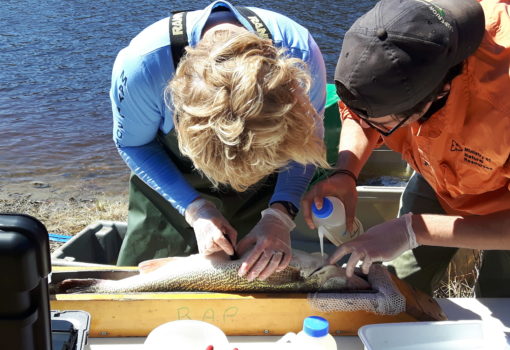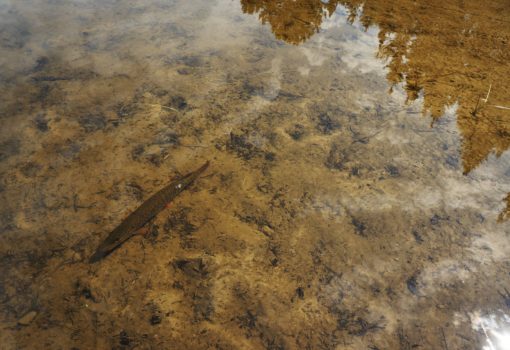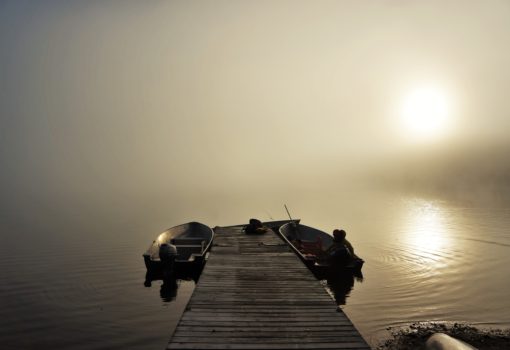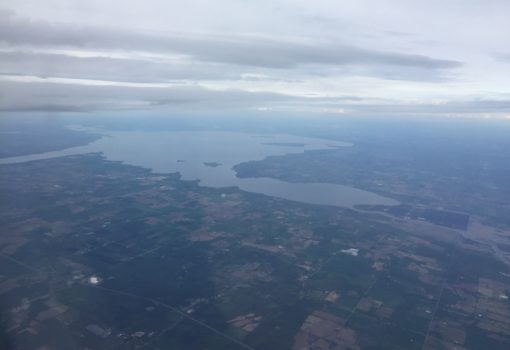
Variation in trophic ecology in Lake Superior
Food web ecology Bioenergetics
Lake Superior is one of the largest lakes in the world. While it can often be considered a homogeneous entity, in reality there is tremendous variation in the types of aquatic ecosystems it supports, and yet very little is known about how this variation affects rates of energy flow and the sources of energy among food webs. In collaboration with the Ontario Ministry of Natural Resources and Forestry, and the University of Windsor, we are examining variation in trophic transfer efficiency among four sites in Lake Superior. Marissa Wegher is currently working on this project. We also have two undergraduate students evaluating variation in both diet and energy density across space in Lake Superior as well.






